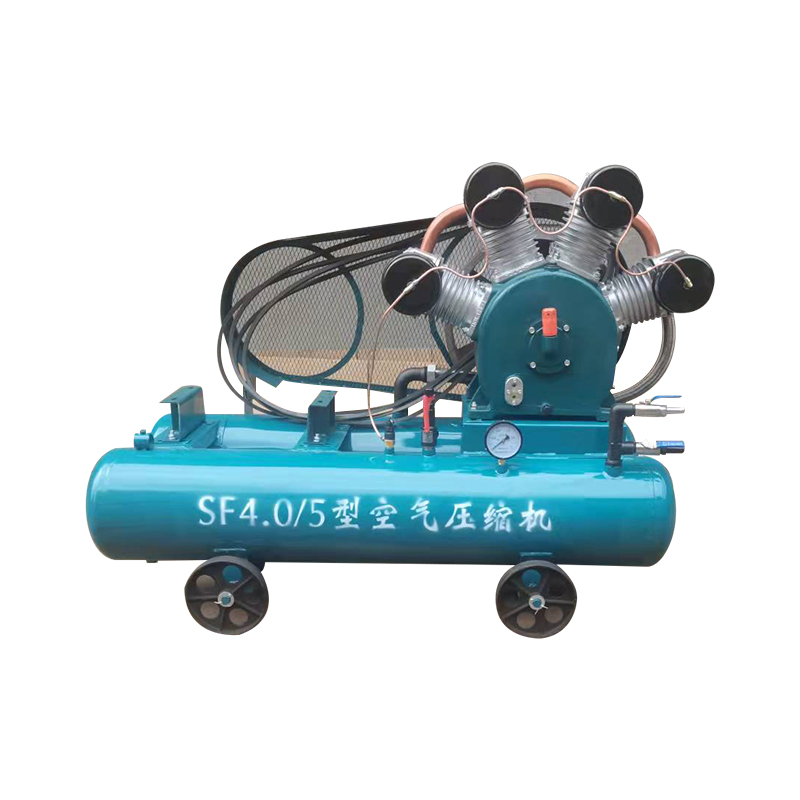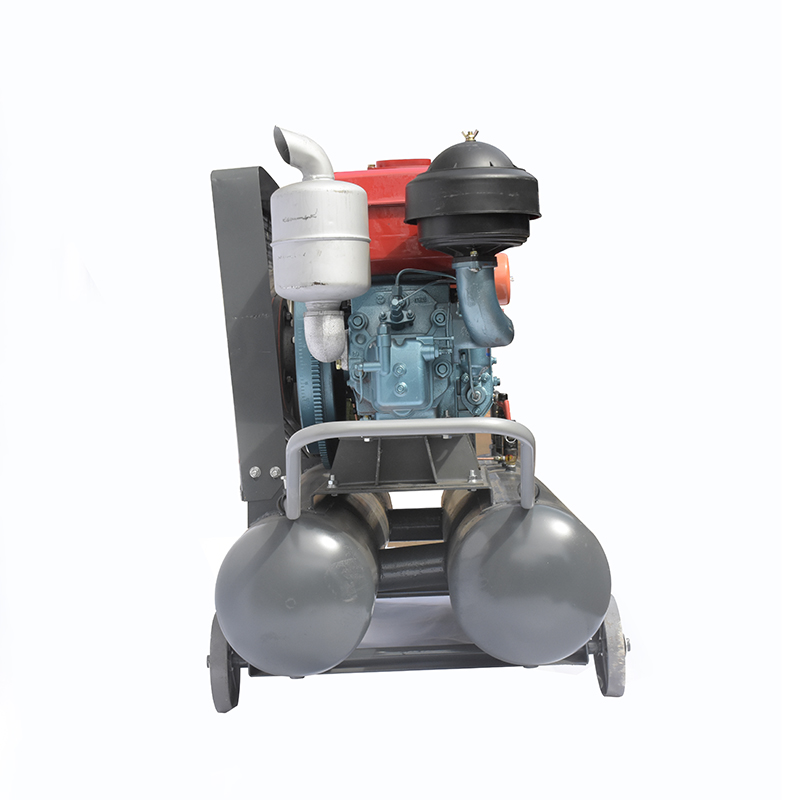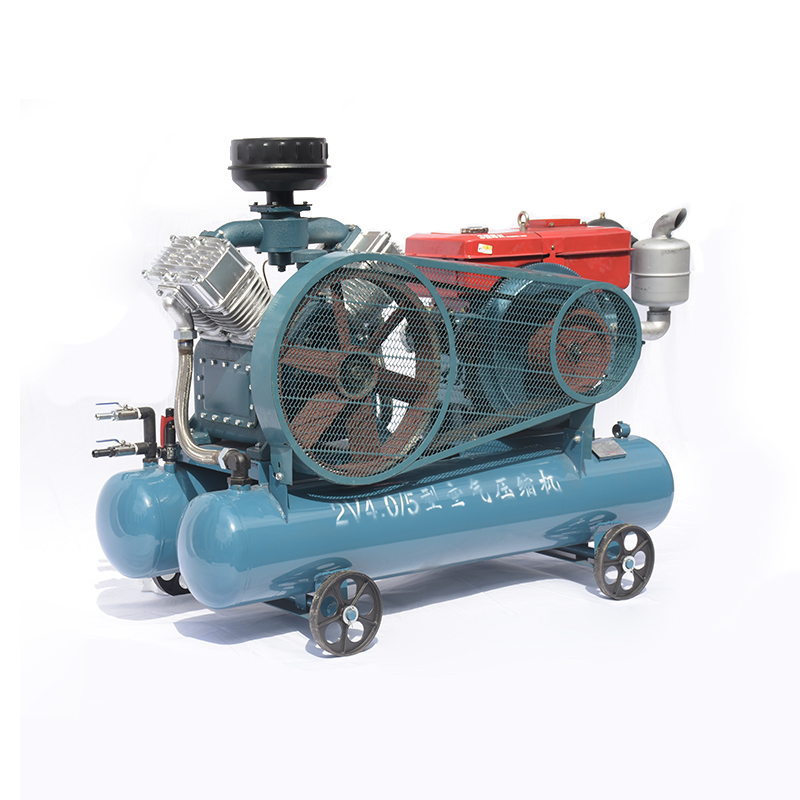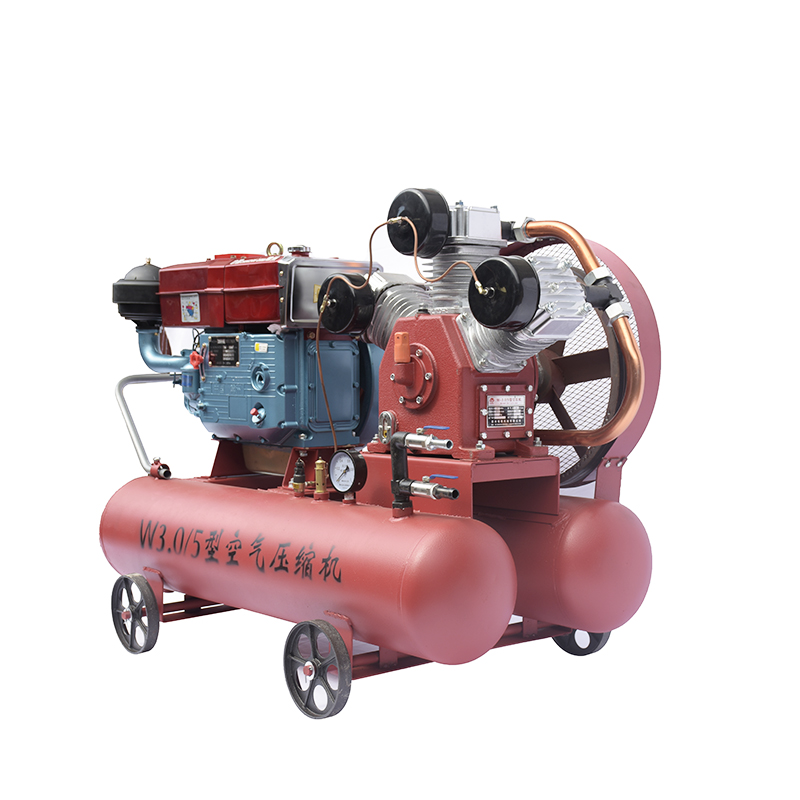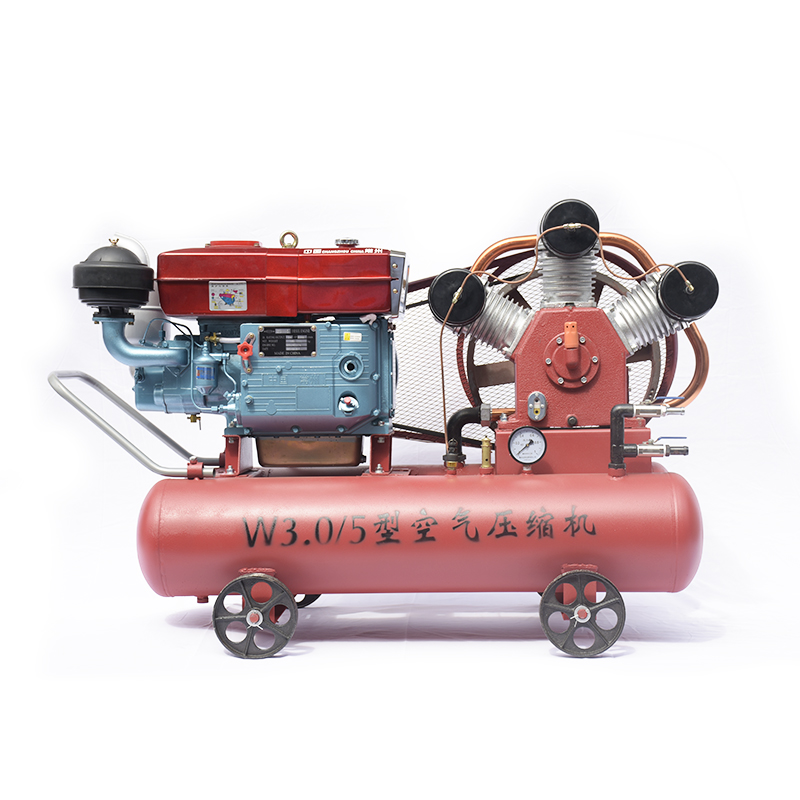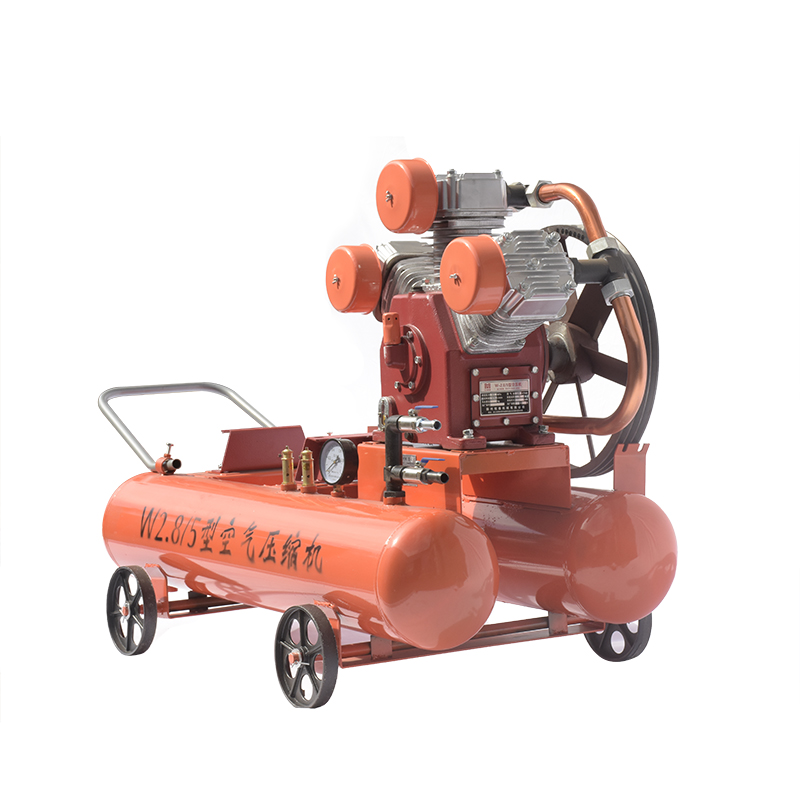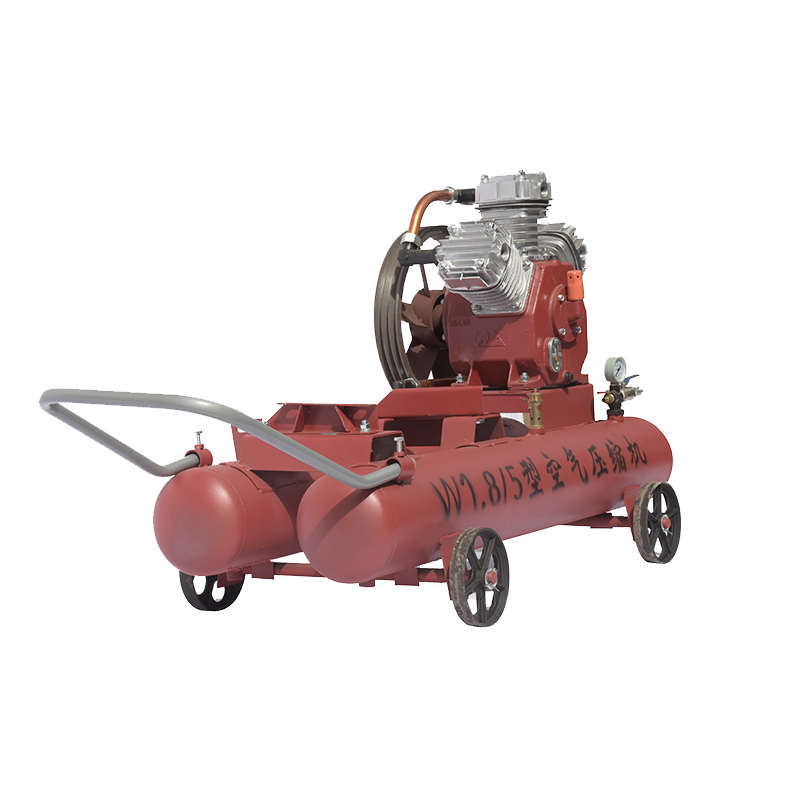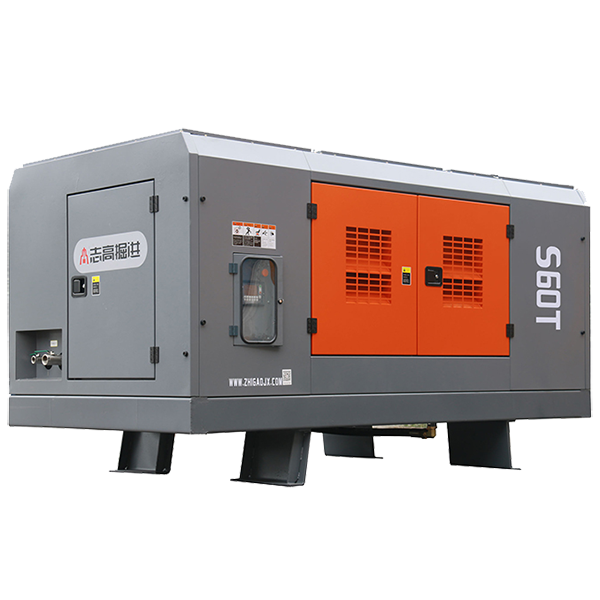For sandblasting, air compressors are essential for the task: they are what launches the abrasive material through the nozzle with significant force. Sandblasting itself removes paint, rust, and any other debris from surfaces with a sand-powered jet stream, which is why compressors are essential.
An air compressor operates to increase the power of air by augmenting the atmospheric pressure. This is accomplished by first drawing in surrounding air and then compressing it through a rotating impeller or piston. Air compressors can serve many purposes from powering tools such as nailers and staplers to enabling sandblasting.
Guaranteeing a proficient sandblasting project requires a powerful air compressor that is capable of creating the minimum recommended air pressure of 90 PSI. This demand can only be met by a machine offering a minimum of 7 CFM in air delivery. A bigger CFM value guarantees an increased PSI, therefore for satisfying effects, one should secure an air compressor with a strong CFM rating.
When selecting a compressor for sandblasting, it is important to discern between the two main kinds: electric and gas-powered. Electrically run compressors are usually more efficient and require less upkeep, yet their power output and price tag can be somewhat limiting. Conversely, gas-operated compressors pump out more power at a lower cost. Though these may be more difficult to manage, their maintenance needs remain standard.
Sandblasting projects call for the right air compressor size; selecting one that is too small won’t produce enough pressure while choosing one that is too big will be wasteful and costlier. Thus, it’s essential to pick an air compressor that is an ideal fit.
Sandblasting necessitates a powerful air compressor, as the machine has to handle the abrasive material that is being used. Although sand is usually employed in this process, various alternatives are also available – from walnut shells to glass beads and aluminum oxide – which all must be discharged under considerable air pressure. Therefore, an efficient compressor is needed for the job – one that can powerfully gin up sufficient air pressure to fire off the particulates through the nozzle.
In order to take on sandblasting projects, a few additional components are necessary besides the air compressor. These include an abrasive- such as sand, a torch nozzle, a tubing for air pressure, and some protective garments and equipment for the user.
Employing an efficient air compressor is of the utmost importance when sandblasting. This machine supplies the requisite air pressure, churning out a blast of sand to complete the job. Making the right selection is paramount to ensuring that the work is done quickly and effectively without any unnecessary wastage. It’s essential to identify the correct size and type before starting sandblasting operations.
Sandblasting is a process that relies on the power of air compression to effectively work. An air compressor for sandblasting is an indispensable tool that provides the pressure necessary to fuel the sandblast gun and do away with any unwanted surface material from metal, wood, and other objects. It can efficiently eliminate rust, paint, and can generate a textured surface on nearly any substance as desired.
When selecting an air compressor for sandblasting, one must thoughtfully consider the size of the job as well as the amount of air pressure necessary for adequate performance. For larger operations, more powerful and potentially more voluminous units are typically required. Another important aspect to take into consideration before deciding on a compressor model is its pressure rating; these values usually range from 90 to 150 PSI – the higher the rating the greater the pressure needed for bigger tasks.
From pistons to centrifugals, air compressors for sandblasting come in diverse types. Piston compressors are an economic alternative, perfect for minor undertakings, while rotary and centrifugal variants are more suitable for the robust projects with high-pressure demands. Nevertheless, although cheaper in cost, piston models may not be able to keep up.
Air compressors are the perfect tool for sandblasting but it is crucial to be aware of the media types that require different air pressures. For instance, glass beads tend to require higher air pressures in comparison to aluminum oxide. Neglecting to choose the proper media can result in a suboptimal sandblasting output.
When using air compressors for sandblasting, one must safeguard the environment and themselves in order to perform the job effectively and safely. Ensuring proper ventilation is essential, as is the wearing of protective gear such as a dust mask and safety glasses. Aside from that, all air compressor hoses must be free of any obstructions or debris. This makes certain that the operation runs smoothly and at its best capacity.
To successfully complete a sandblasting job, there are a few components one must have in addition to an air compressor. A sandblast gun is used to propel blasting media, which should be connected to the air compressor through a nozzle and air hose. Also necessary is an abrasive tank to store the media. In some cases, depending on the type of media being blasted, it might be required to heat the tank – this – ultimately – serves to promote efficacy.
Any home or commercial sandblasting project will benefit from an investment in an air compressor. Depending on the size and scale of the work, there is a variety of types and sizes to choose from. Selecting the correct one and corresponding media are imperative to achieving successful results. Above all, no task should commence until safety considerations have been reviewed and taken into account.
Post time: 2023-07-11


